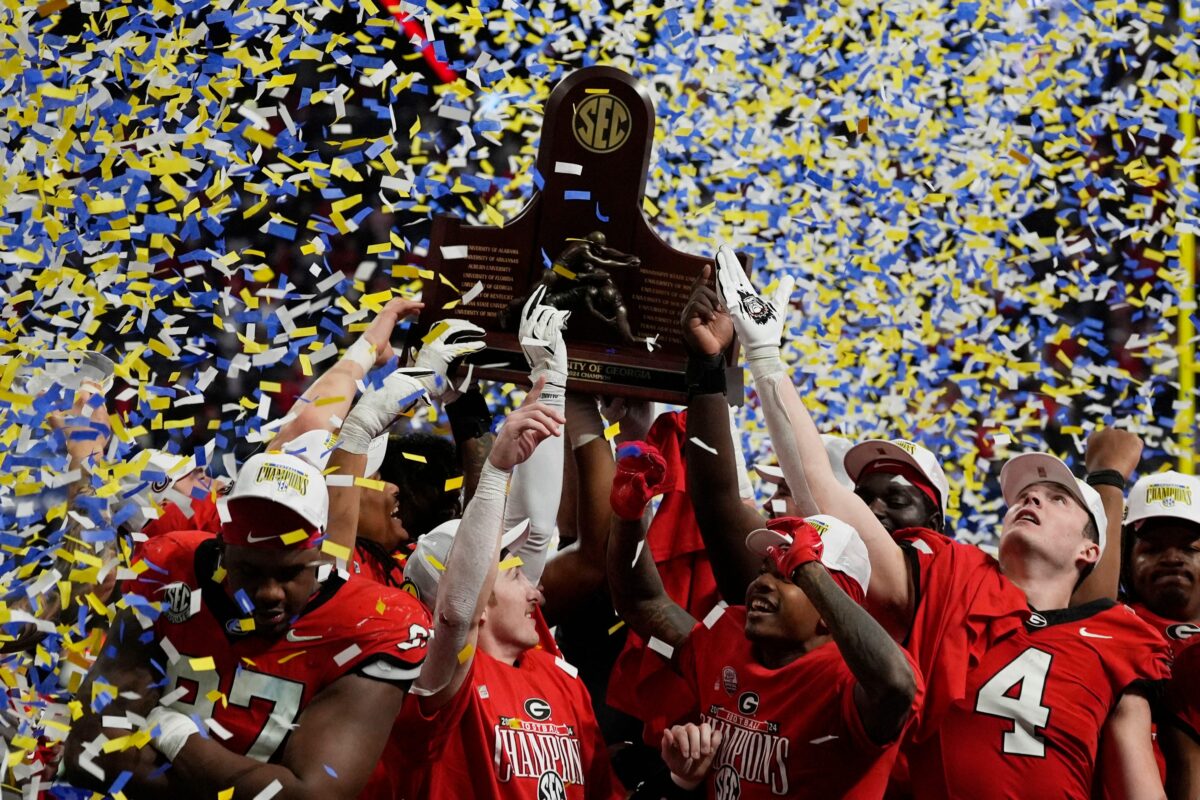Auburn will bring zero scholarship quarterbacks from the 2024 season into 2025 and the coaching staff is working quickly to fill the void.
Two days after landing the signature of former Oklahoma quarterback [autotag]Jackson Arnold[/autotag], Hayes Fawcett of On3 reports that Auburn has grabbed the commitment of another experienced quarterback in [autotag]Ashton Daniels[/autotag], formerly of Stanford.
Daniels was the first name to emerge once the winter transfer portal opened on Dec. 6. Steve Wiltfong of On3 submitted a prediction that favored Auburn landing the 20-game starter from Stanford following an interview in which Daniels said he could “be a spark” to the young wide receivers.
Daniels will enter an expected stiff competition between Arnold and five-star signee [autotag]Deuce Knight[/autotag] for the right to be named QB1 for the 2025 season. In three seasons at Stanford, Daniels passed for 3,986 yards and 21 touchdowns while rushing for an additional 1,121 yards and nine scores.
Daniels’ addition brings confidence to the RPO game, as [autotag]Hugh Freeze[/autotag] now has three mobile quarterbacks on his roster. Three dual-threat quarterbacks will open play-calling and give Auburn more opportunities to win close games.
Contact/Follow us @TheAuburnWire on X (Twitter), and like our page on Facebook to follow ongoing coverage of Auburn news, notes, and opinions. You can also follow Taylor on Twitter @TaylorJones__









